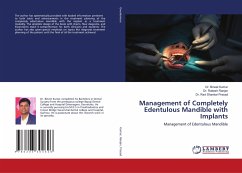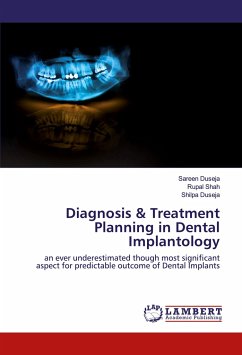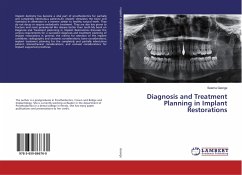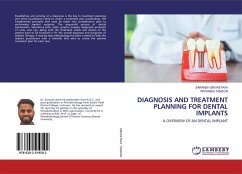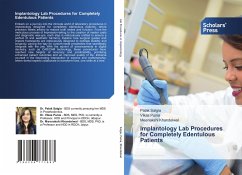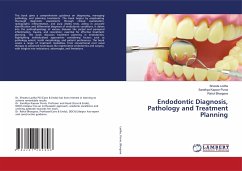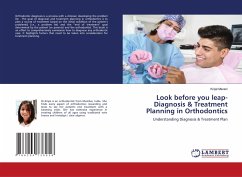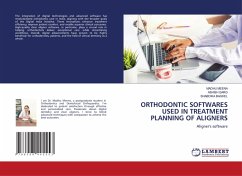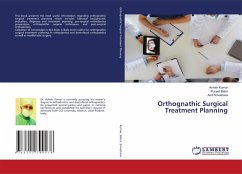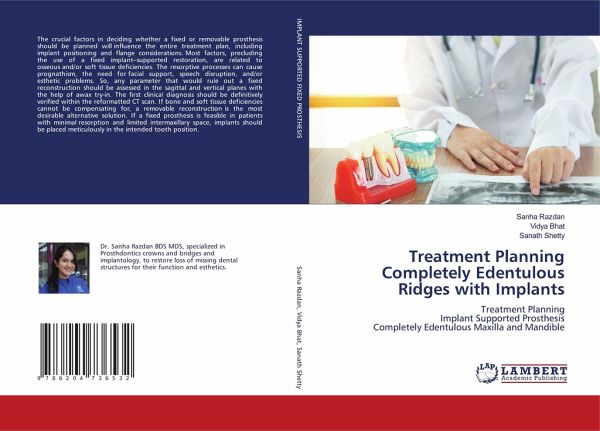
Treatment Planning Completely Edentulous Ridges with Implants
Treatment PlanningImplant Supported ProsthesisCompletely Edentulous Maxilla and Mandible
Versandkostenfrei!
Versandfertig in 6-10 Tagen
45,99 €
inkl. MwSt.

PAYBACK Punkte
23 °P sammeln!
The crucial factors in deciding whether a fixed or removable prosthesis should be planned will influence the entire treatment plan, including implant positioning and flange considerations. Most factors, precluding the use of a fixed implant-supported restoration, are related to osseous and/or soft tissue deficiencies. The resorptive processes can cause prognathism, the need for facial support, speech disruption, and/or esthetic problems. So, any parameter that would rule out a fixed reconstruction should be assessed in the sagittal and vertical planes with the help of awax try-in. The first cl...
The crucial factors in deciding whether a fixed or removable prosthesis should be planned will influence the entire treatment plan, including implant positioning and flange considerations. Most factors, precluding the use of a fixed implant-supported restoration, are related to osseous and/or soft tissue deficiencies. The resorptive processes can cause prognathism, the need for facial support, speech disruption, and/or esthetic problems. So, any parameter that would rule out a fixed reconstruction should be assessed in the sagittal and vertical planes with the help of awax try-in. The first clinical diagnosis should be definitively verified within the reformatted CT scan. If bone and soft tissue deficiencies cannot be compensating for, a removable reconstruction is the most desirable alternative solution. If a fixed prosthesis is feasible in patients with minimal resorption and limited intermaxillary space, implants should be placed meticulously in the intended tooth position.




